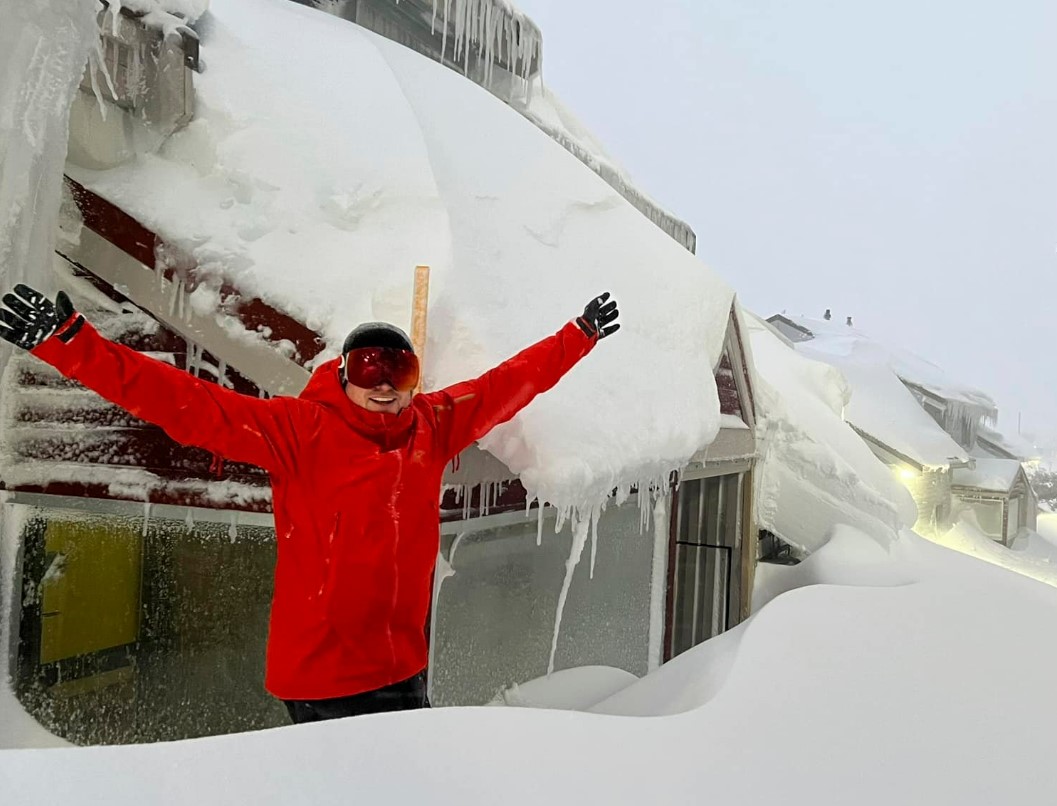Avalanches reported after 120 cm of fresh snow
Heavy snow continues to fall across Victoria, NSW, Tasmania and the ACT in the storm that just won’t stop, and there are already reports of back country avalanches, not yet a full week into winter.
We told you yesterday about the phenomenally heavy snowfalls of around half a metre in just 24 hours from Sunday into Monday.
As we also wrote yesterday, Sunday night's cold front was just one of many in what Weatherzone meteorologist Ben Domensino somewhat poetically labelled a "conveyor belt of cold fronts" that will maintain bitterly cold, wet and windy weather over southeastern Australia throughout the second week of winter.
From grassy slopes this time last week, all this snow has now accumulated to a depth of around a metre in higher parts of the mountains.
At Victoria's highest ski resort Mt Hotham, 120 cm of snow has now been recorded since last week, with a depth reading of 88 cm – fallen snow compacts to a degree, hence the discrepancy.

Image: "Hooray! I'm going to be shovelling forever!" Source: Hotham Facebook.
When so much snow falls in such a short space of time, avalanche risk is always present – yes, that's true even here in sunny old Australia where our highest mountains are for the most part rounded rather than steep.
Indeed, avalanches were reported in the Hotham area yesterday. We don't yet have any fresh pics of this week's slides, but we thought we'd share an old image of a slide from 2017, courtesy of a regular Hotham visitor who goes by the name of "Tanuki".

Image: Thankfully, no back country riders were hurt in this 2017 avvy just outside the Hotham resort boundary. Source: @Tanukiville on Instagram.
There are several ways that avalanches can occur. To name just two of the more common ways:
- They can be triggered by a slab breaking off (as happened in the shot above from 2017, just outside the Hotham resort boundary). This can happen organically, or with a little inadvertent help from skiers or snowboarders.
- They can also occur when the weight of a deep, loose snow pack (as we have in the mountains now) causes the snow to slide down a steep slope or gully.
Whatever the cause, avalanches can be deadly in Australia, and fatalities have been recorded in the past.
Meanwhile heavy snowfalls continue this morning as a trough moves through the mainland alpine region, but steady snowfalls should start to ease off later today.
Snow showers should persist right through to Saturday and even Sunday at the southernmost resorts, but we likely won’t see the really big accumulations that we’ve seen over the past few days.